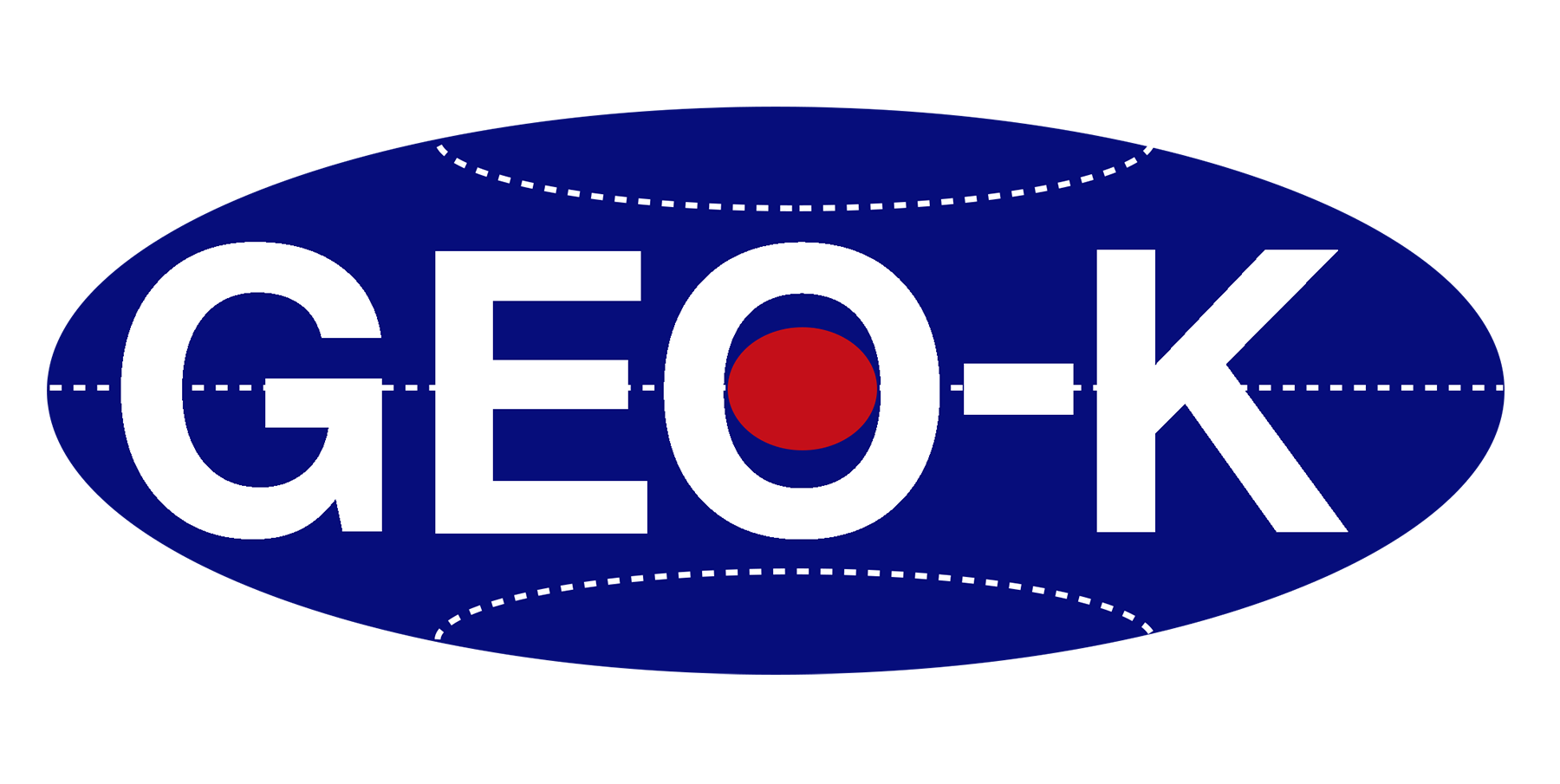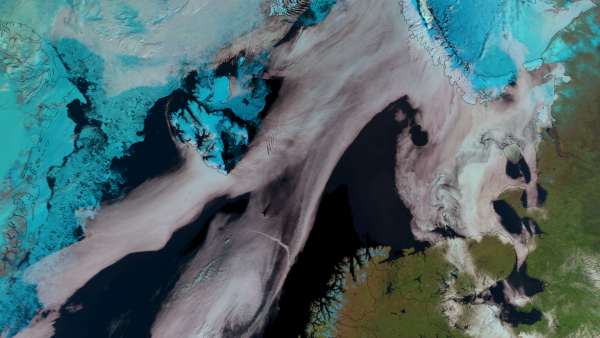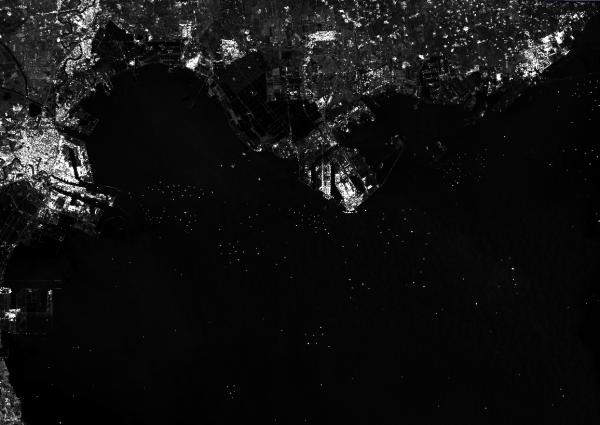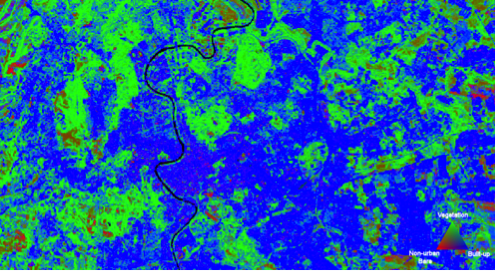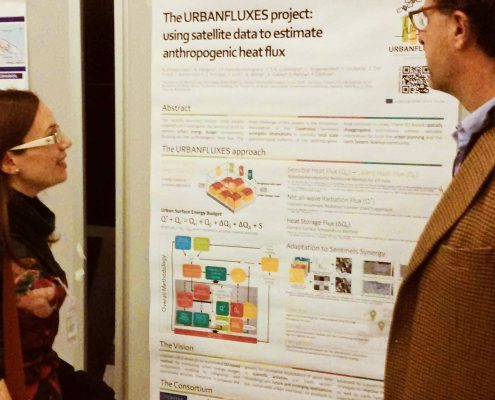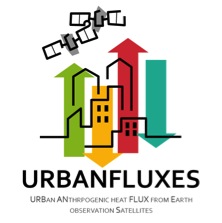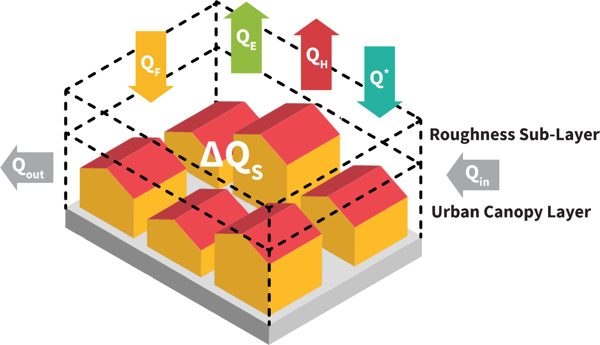GEO-K is partner of ɸ-Sat-2! The ESA Artificial Intelligence Earth Observation Mission
Following yesterday’s successful launch of ɸ-sat-1 (Europe’s first artificial intelligence Earth observation mission) plans are already underway for the next innovative state-of-the-art technology, ɸ-sat-2. It will demonstrate the capabilities of artificial intelligence (AI) technology for Earth observation. The use of these technologies will lead to new ways of collecting, distributing and analysing data about our planet.
GEO-K, as part of a consortium from six different European countries leded by Open Cosmos, developed an innovative solution for ɸ-sat-2 that has been selected as the winning idea by a panel of ESA experts. Find details on our contribution in projects section.
Our ɸ-sat-2 proposal involves an Earth observation 6U CubeSat platform capable of running AI apps that can be developed, easily installed, validated and operated on the spacecraft during their flight using a simple user interface.
Besides GEO-K, the consortium includes CGI, Ubotica, Simera CH Innovative, CEiiA and KP Labs.
Find more on ESA website.
